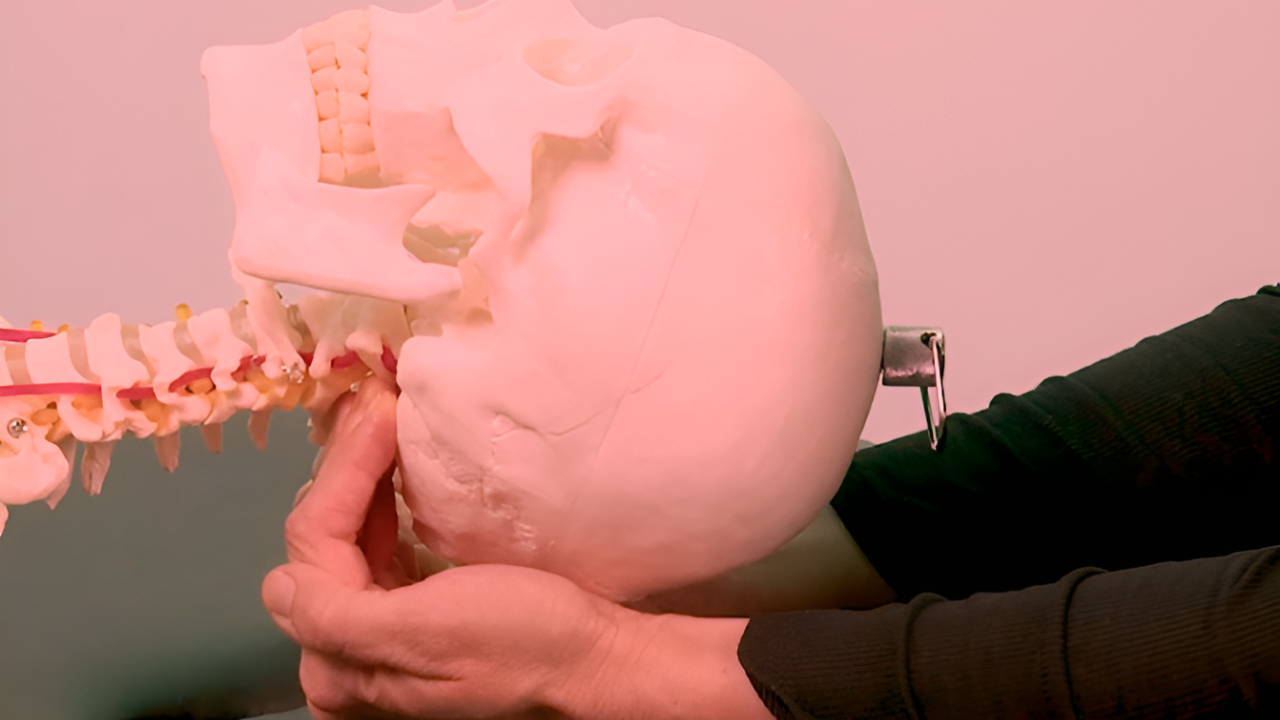Trigger Point Therapy - Stomach Stretches
Stomach Muscle Stretching - Anatomy
The anterior abdominal wall muscles occur between the ribs and the pelvis, encircling the internal organs, and act to support the trunk, permit movement (primarily flex and rotate the lumbar spine), and support the lower back.
There are three layers of muscle, with fibers running in the same direction as the corresponding three layers of muscle in the thoracic wall.

Transversus Abdominis
The deepest layer consists of the transversus abdominis, whose fibers run approximately horizontally.
Transversus abdominis spans around the trunk to attach into the thoraco-lumbar fascia, a thick connective tissue sheath, that helps to stabilise the trunk and pelvis when muscles connecting into it are under tension.
Internal and External Obliques
The middle layer comprises the internal oblique, whose fibers are crossed by the outermost layer known as the external oblique.
Rectus Abdominis
Overlying these three layers is the rectus abdominis, which runs vertically, on either side of the midline of the abdomen, and is associated with the six-pack muscles seen in conditioned athletes.
Rectus abdominis is active in trunk flexion, bringing the rib cage closer to the pubic bone, for example in the crunch or sit-up.
Like the other abdominals, it acts as a stabilising muscle, and also acts as a restraint to hyperextension in the lumbar vertebrae.
Trigger Points
Trigger points in these muscles are common and over time make their host muscles shorter, weaker, and less efficient.
This in turn can make you more prone to injury, especially lower back disorders.
Stretching the abdominal muscles should help to improve your core stability, improve posture, and may help to prevent and/or dissipate trigger points.

Technique
Lie face down and bring your hands close to your shoulders. Keep your hips on the ground, look forward, and rise up onto your elbows.
For most people who spend their day in a seated position, (office workers, drivers, etc.) the muscles in the front of the body can become extremely tight and inflexible.
Exercise caution when performing this stretch for the first time and allow plenty of rest time between each repetition.

Technique
Lie face down and bring your hands close to your shoulders. Keep your hips on the ground, look forward, and rise up by straightening your arms.
For most people who spend their day in a seated position, (office workers, drivers, etc.) the muscles in the front of the body can become extremely tight and inflexible.
Exercise caution when performing this stretch for the first time and allow plenty of rest time between each repetition.

Technique
Lie face down and bring your hands close to your shoulders. Keep your hips on the ground, look forward, and rise up by straightening your arms. Then slowly bend one arm and rotate that shoulder towards the ground.
Exercise caution when performing this stretch and allow plenty of rest time between each repetition.

Technique
Stand upright with your feet shoulder-width apart and place your hands on your buttocks for support. Look upwards and slowly lean backwards at the waist.
Do not perform this stretch if you suffer from lower back pain or have sustained an injury to your lower back. Exercise caution and allow plenty of rest time between each repetition of this stretch.

Technique
Stand upright with your feet shoulder-width apart and place one hand on your buttocks. Look up and slowly lean backwards at the waist, then reach over with your opposite hand and rotate at the waist.
Do not perform this stretch if you suffer from lower back pain or have sustained an injury to your lower back. Exercise caution and allow plenty of rest time between each repetition of this stretch.
Find a Trigger Point Professional in your area
More Articles About Breathing and Trigger Points
Dry Needling for Trigger Points
Certify as a Trigger Point Therapist
About NAT Courses:
As a manual therapist or exercise professional, there is only one way to expand your business - education!
Learning more skills increases the services that you offer and provides more opportunity for specialization.
Every NAT course is designed to build on what you already know, to empower you to treat more clients and grow your practice, with a minimal investment in time and money.
Recommended Starter Packs:
This trigger point therapy blog is intended to be used for information purposes only and is not intended to be used for medical diagnosis or treatment or to substitute for a medical diagnosis and/or treatment rendered or prescribed by a physician or competent healthcare professional. This information is designed as educational material, but should not be taken as a recommendation for treatment of any particular person or patient. Always consult your physician if you think you need treatment or if you feel unwell.

Learn More for Less

Unlimited access to all courses for just $19.95/mo












